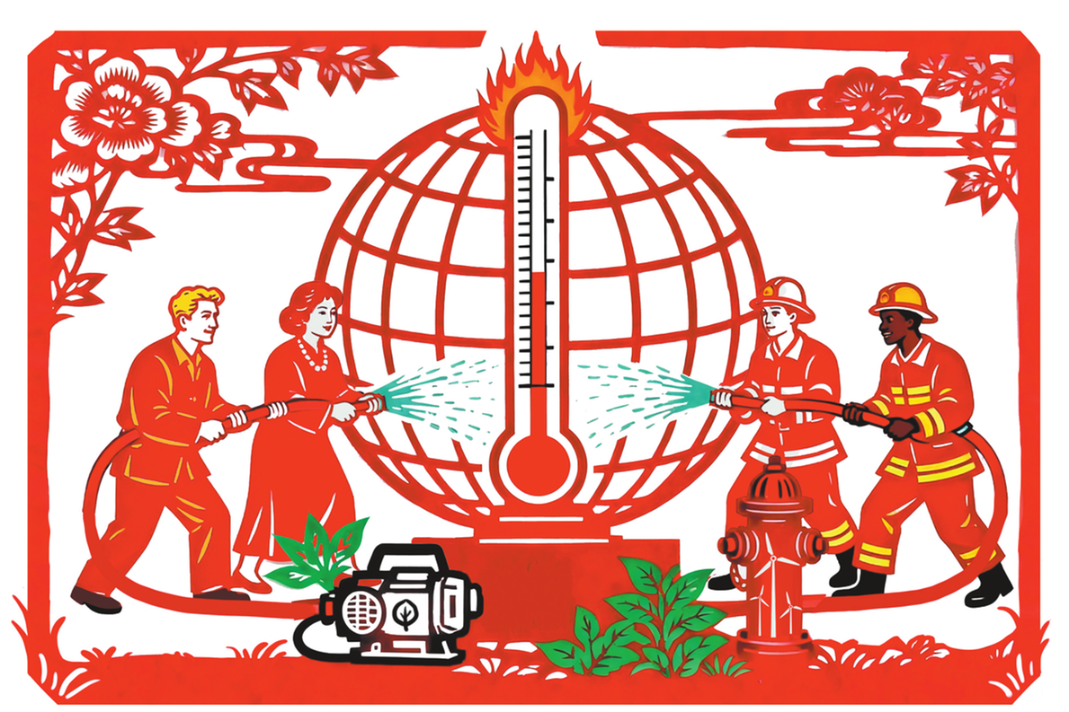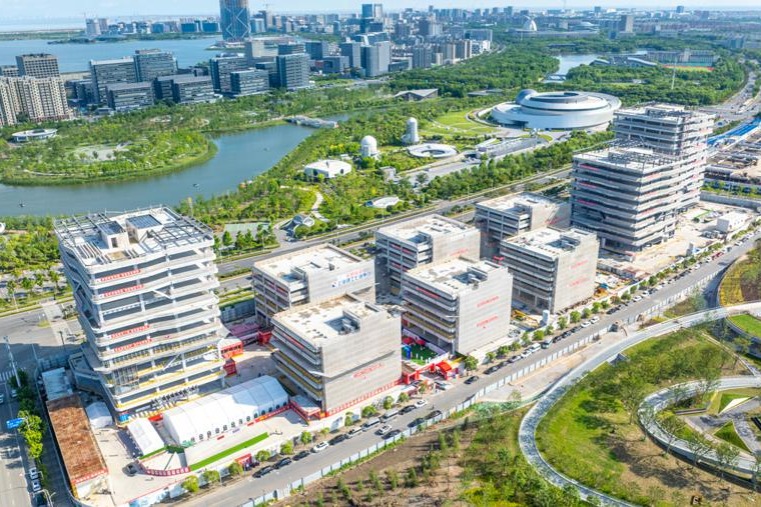A Quixotic quest to reindustrialize US


To its faithful supporters, the US administration's 2025 tariff policy — a sweeping 15-35 percent duty on all imports with additional tariffs on steel, aluminum and copper — is a bold economic maneuver aimed at reviving US manufacturing. In reality, it's less policy and more pageantry. A theatrical drama steeped in nostalgia for a bygone industrial age. The Quixotic US administration is jousting at windmills, mistaking them as economic demons — growing trade deficits, other countries' manufacturing efficiency, and the erosion of the "American dream".
Like Miguel de Cervantes' misguided hero, the US administration is tilting at illusions, clinging to the belief that tariffs can resurrect factories, restore jobs and bring back the "golden era" of US manufacturing. But this quest, weighed down by sentiment and devoid of strategy, will ruin, not revive, the US economy.
Tariffs are often used as a defense, an economic shield. For developing countries desperate to protect nascent industries, they can help boost their economies, as China has demonstrated. But for developed countries reliant on global supply chains, tariffs are a blunt instrument, a regressive tax that eviscerates household budgets and disrupts trade.
When the US unilaterally imposes 15-50 percent tariffs on imports, other countries don't foot the bill; US consumers do. According to the Yale Budget Lab, the US' 2025 tariffs will inflate consumer prices by 2.3 percent, hitting families with an average income of $3,800 in added costs per year, a crushing burden amid record defaults on credit cards, student loans, and mortgages.
For low-income US nationals, the consequences could be catastrophic. Apparel prices have already surged by 17 percent (only 2 percent of US clothing is made domestically), food prices by 2.8 percent, squeezing decimated grocery budgets, and new car prices by 8.4 percent, adding $2,000-$15,000 to sticker prices, while those for imported repair parts rose by 10-35 percent.
These aren't symbolic sacrifices; they're debilitating attacks on the US administration's voter base: rural voters, Rust Belt communities, and blue-collar workers who believed in its promises to control prices and build a "new golden age".
The White House claims tariffs will "bring jobs back" but the math doesn't add up. US manufacturing isn't a faucet you can turn on whenever — it's a neglected ecosystem that would require almost $3 trillion and 20+ years to revive.
For example, 41 percent tariffs might revive the textile sector, but US labor cost is five times that in China and almost 29 times that in Bangladesh. And consumers will have to pay 17 percent more for clothing with no net job gain. More importantly, reviving the industry would require millions of low-wage workers, which the US lacks. As for the US steel and aluminum sectors: 50 percent tariffs on imported steel and aluminum would protect 1,800 jobs but cost consumers $815,000 per job. Incidentally, the last aluminum plant was built in the US 40 years ago.
Also, 25 percent tariffs on Mexican-made cars could boost automobile assembly in the US but raise input costs, crippling export competitiveness, while in the agriculture sector, subsidies could delay farm bankruptcies but shrink export markets, and the dearth of labor, as immigrants are hounded out of the US, will raise consumer prices. In electronics, reshoring $140 billion in computer imports would require at least $500 billion investment in semiconductor plants, which at best is a decade-long endeavor.
On the other hand, the US' CHIPS and Science Act would spur fabrication plant construction, but delay the implementation and completion of projects.
The US administration's claims remind us of reverse economic alchemy — turning gold into lead, with short-term gains (jobs, production) obscuring long-term losses from higher prices, inefficiency and retaliation. As the American Tax Foundation, an independent non-aligned tax policy institute, said, tariffs reallocate resources to less productive sectors, dragging down wages and GDP.
The claim of factories being reborn collides with logistical realities. For instance, factory wages in the US are five times that in China, 6.6 times that in Russia, 19.2 times that in India and 68.7 times that in Bangladesh. And competing with other leading countries in automation would require the US to develop and install robots, a race China is already leading. Worse, Apple's 1,200 foreign suppliers cannot be repatriated even in a couple of decades, and thus the US cannot control the entire global supply chain.
A genuine reindustrialization of the US would require more than $10 trillion in subsidies over 20 years and a labor force that is willing to accept lower wages amid growing automation, which the US is not in position to fulfill. This will give rise to more economic uncertainties that are already reducing private business investment, and increase the US' already growing debt pile.
In its crusade, the US administration has forgotten that manufacturing jobs in the country peaked in 1979, and was sacrificed in exchange for strengthening the dollar and boosting Wall Street profits, and that tariffs don't shrink imports; they shift them, for example, from China to Vietnam. The result? Higher costs for Walmart shoppers, not Chinese consumers.
The US administration is taking aim at the windmills — the global economic engines of trade and development — because it believes they are the evil giants posing a threat to the US. The US administration believes that it is "making America great again" by imposing tariffs on imports from its trade partners, but in reality, it is championing the wealthy at the expense of ordinary Americans.
Don Quixote is charging at windmills believing he is saving America, without realizing that factories won't return to the US, and the economic windmills across the world will keep turning.
The author is a senior fellow at the Taihe Institute. The views don't necessarily reflect those of China Daily.
If you have a specific expertise, or would like to share your thought about our stories, then send us your writings at opinion@chinadaily.com.cn, and comment@chinadaily.com.cn.

































